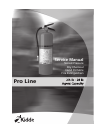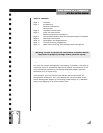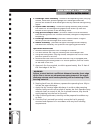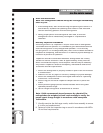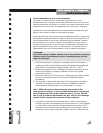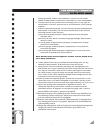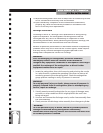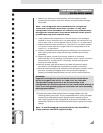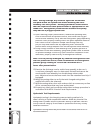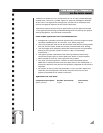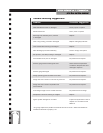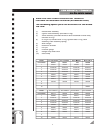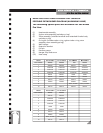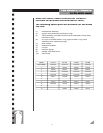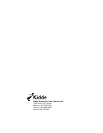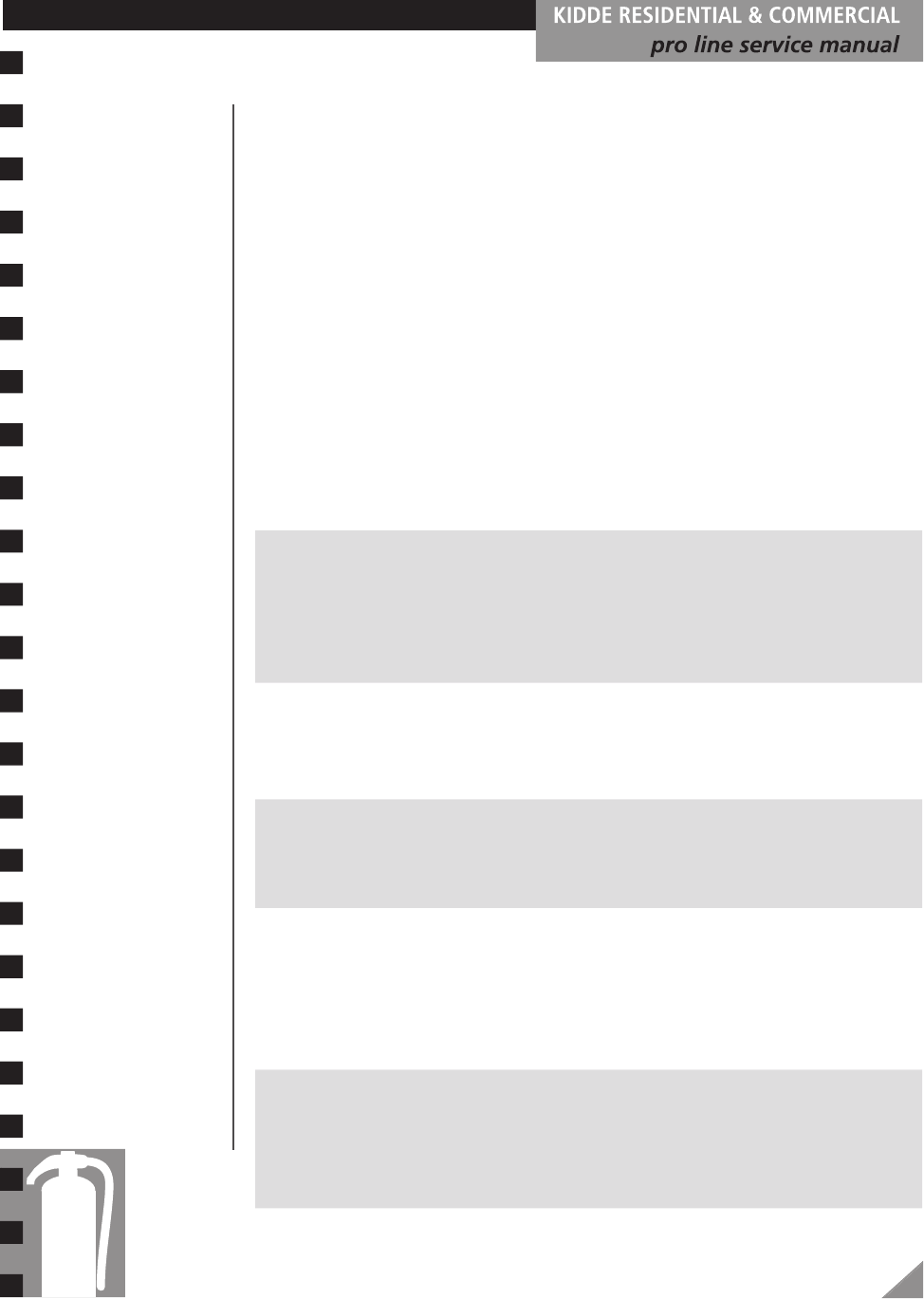
8
15. Wipe the extinguisher clean with a damp cloth to remove any surface
dirt or contaminants that may have accumulated.
16. Upon satisfactory completion of the maintenance examination,
properly tag, label and record the procedure in accordance with
NFPA-10 and any local requirements.
Recharge Instructions
According to NFPA-10, recharge is the replacement of extinguishing
agent and expellant. All rechargeable fire extinguishers shall be
recharged after any use or as indicated by an inspection or when
performing maintenance. When performing extinguisher recharge, the
recommendations of the manufacturer shall be followed.
Because of potential performance or detrimental material compatibility
problems which may occur with the use of other agents, Kidde requires
that only the dry chemical extinguishing agent specified on the
extinguisher nameplate be utilized for recharge.
WARNING:
Prior to recharging an extinguisher, personnel should be
thoroughly familiar with the contents of this manual to
recognize any equipment conditions or discrepancies that might
prohibit the recharge of the extinguisher or direct further
equipment maintenance or repair.
1. Invert the extinguisher, then while securing and pointing the nozzle
in a safe direction, squeeze the operating valve lever to remove all
remaining pressure from the extinguisher. Check the extinguisher
gauge pressure reading to verify all pressure is removed.
WARNING:
To avoid personal injury or death, always ensure all pressure is
properly relieved from an extinguisher prior to attempting any
service, repair or recharge.
2. Visually examine overall extinguisher for any signs of damage, wear,
corrosion or other conditions which might prohibit the unit from
being recharged.
3. Unscrew and remove the discharge nozzle, and/or hose assembly from
the valve assembly.
4. Slowly unscrew the discharge valve assembly from the agent cylinder.
WARNING:
To avoid personal injury or death, should any audible pressure
leakage be observed during extinguisher disassembly,
technicians should stop any further service action and wait until
all residual pressure is relieved.



